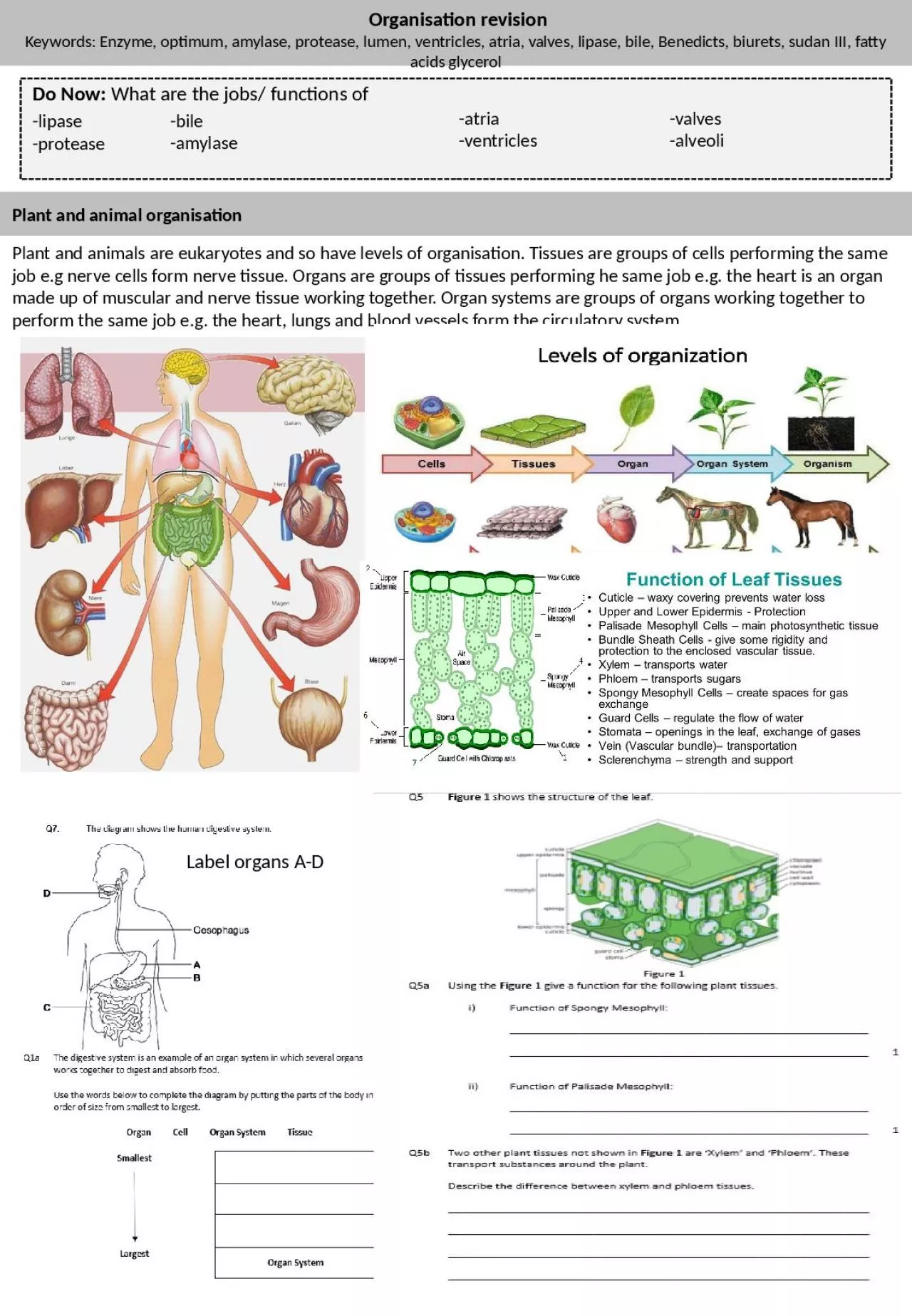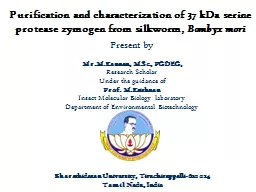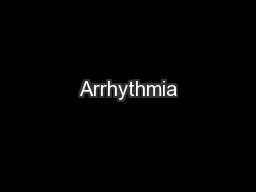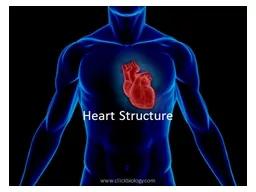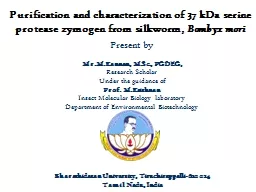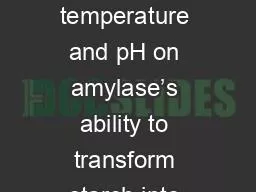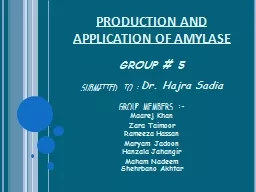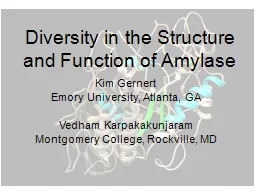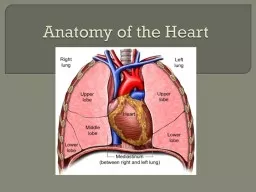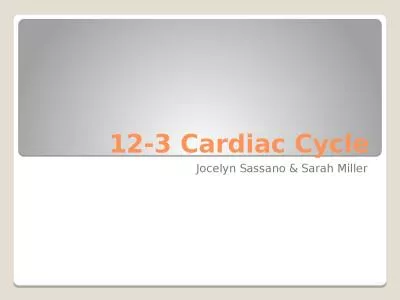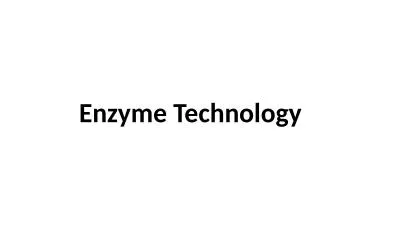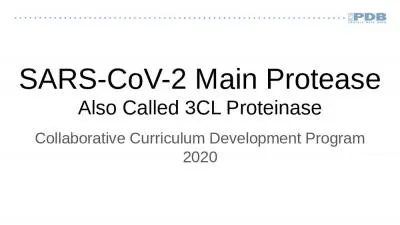PPT-Organisation revision Keywords: Enzyme, optimum, amylase, protease, lumen, ventricles,
Author : mackenzie | Published Date : 2024-01-03
Benedicts biurets sudan III fatty acids glycerol Do Now What are the jobs functions of Plant and animal organisation Plant and animals are eukaryotes and so have
Presentation Embed Code
Download Presentation
Download Presentation The PPT/PDF document "Organisation revision Keywords: Enzyme, ..." is the property of its rightful owner. Permission is granted to download and print the materials on this website for personal, non-commercial use only, and to display it on your personal computer provided you do not modify the materials and that you retain all copyright notices contained in the materials. By downloading content from our website, you accept the terms of this agreement.
Organisation revision Keywords: Enzyme, optimum, amylase, protease, lumen, ventricles,: Transcript
Download Rules Of Document
"Organisation revision Keywords: Enzyme, optimum, amylase, protease, lumen, ventricles,"The content belongs to its owner. You may download and print it for personal use, without modification, and keep all copyright notices. By downloading, you agree to these terms.
Related Documents

